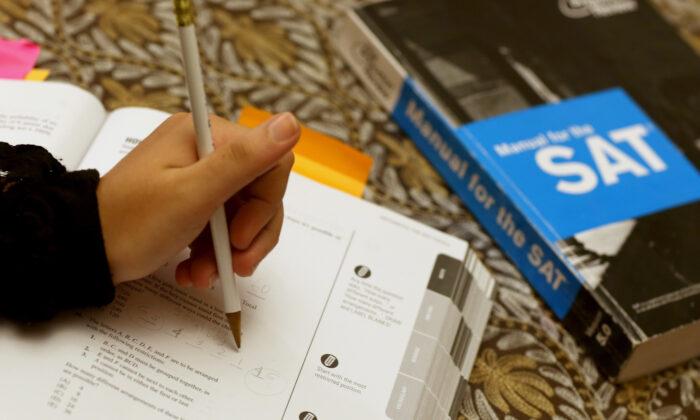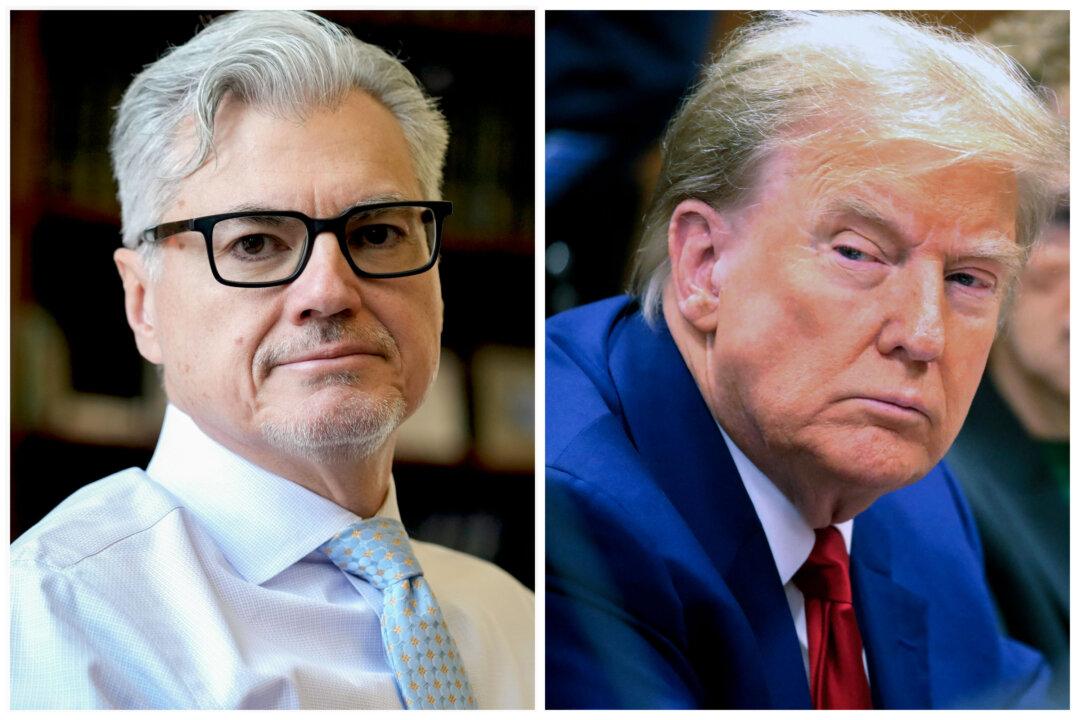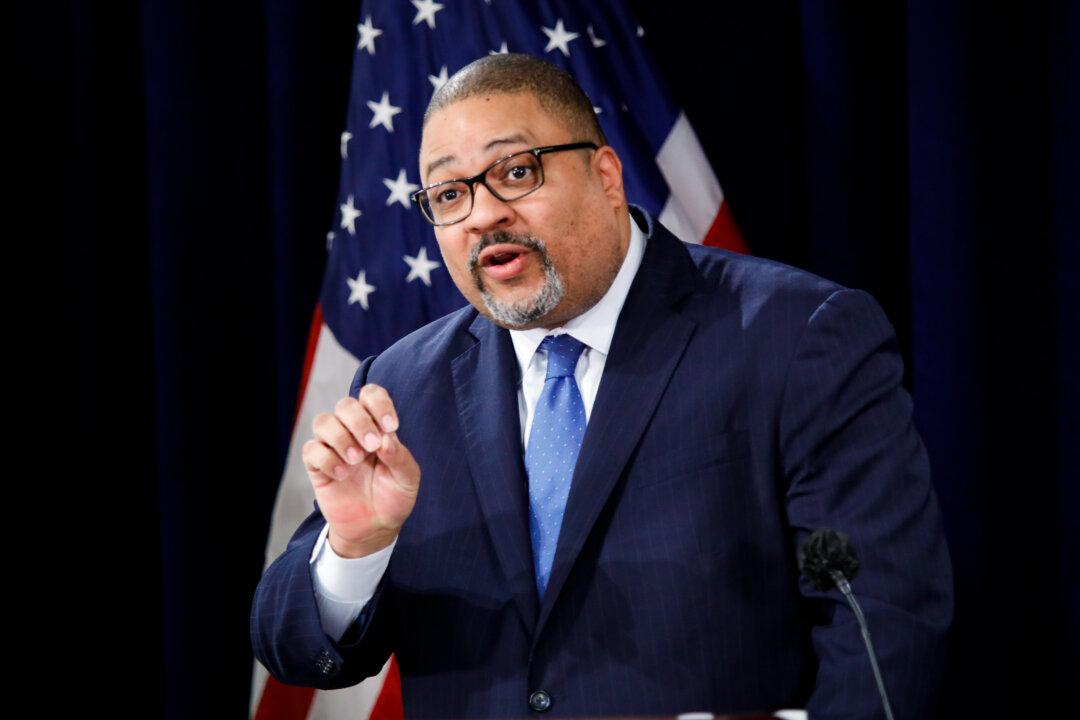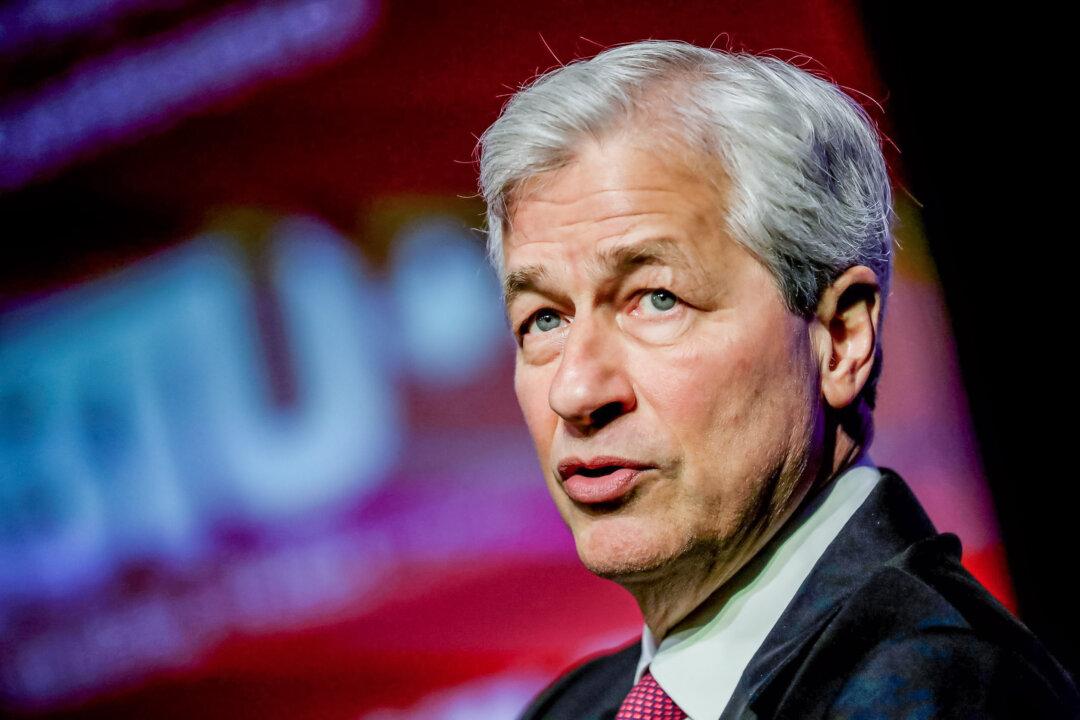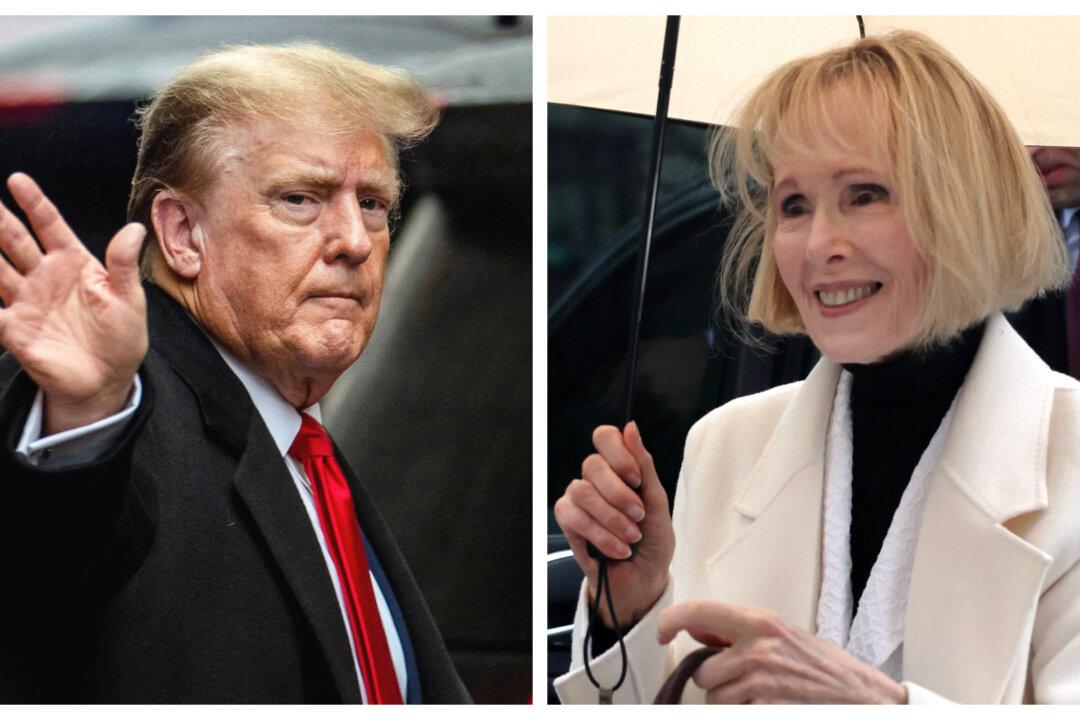Enrollment in U.S. colleges and universities saw a sharp drop this spring, displaying a decline seven times worse when compared to 2020 numbers, according to new data from an education research nonprofit.
Undergraduate enrollment saw an even sharper decline, falling by 4.9 percent, or by 727,000 students. Community colleges bore the brunt of the decline, accounting for more than 65 percent of the total undergrad enrollment losses and a 13.2 percent one-year drop.
By contrast, graduate enrollment ticked up, with a one-year rise of 4.6 percent, or slightly more than 124,000 students, according to the report.
The pandemic was a major factor, the report indicates.
“Higher education enrollment fell to new lows this spring, showing the persistent impact of COVID-19-related disruptions,” the nonprofit stated.
“It’s really the end of a truly frightening year for higher education. There will be no easy fixes or quick bounce backs,” he said.
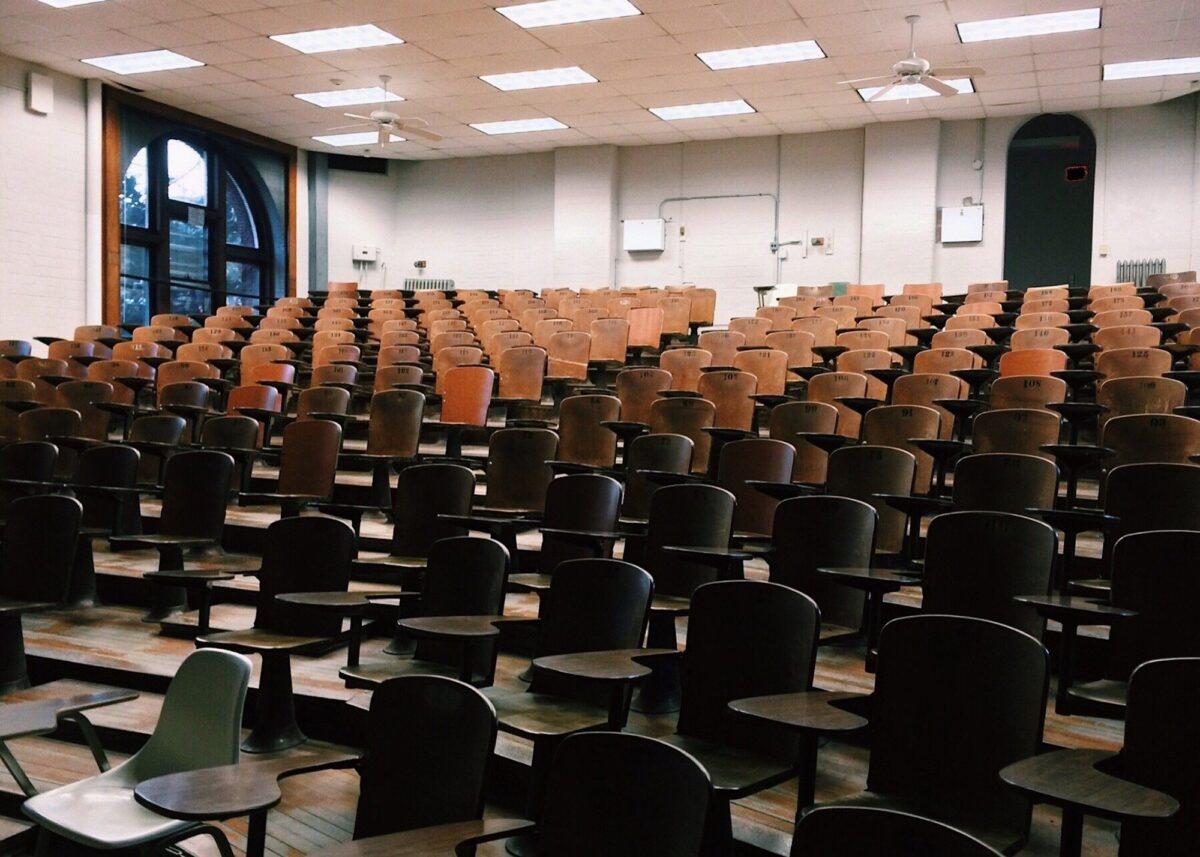
He argued that “COVID-19 exacerbated this trend,” noting that fall 2020 enrollment also dropped more steeply than in previous years.
“The evidence is clear that students didn’t flock to colleges and higher ed during the pandemic, as some anticipated. For whichever reasons, the opposite is true,” Alexander wrote.
Alexander noted that the impact on community colleges is especially acute, with the sector “getting hurt badly.”
Data from the National Student Clearinghouse shows that overall enrollment in community colleges saw a one-year drop of 9.5 percent, which translates to 476,000 fewer students.
“The damage to these institutions and the communities they serve will be felt for years to come. And it could get worse if the enrollment trend persists,” Alexander wrote.
In 2013, Alexander put forward the hypothesis that higher education had hit a peak.
According to Alexander, factors that reinforce the theory of a secular decline in higher education enrollment include falling fertility rates, stagnating family incomes, and reluctance for people to take on more student debt, which has ballooned in recent decades.
